International
Pablo Neruda’s nephew says lab report reveals poisoning
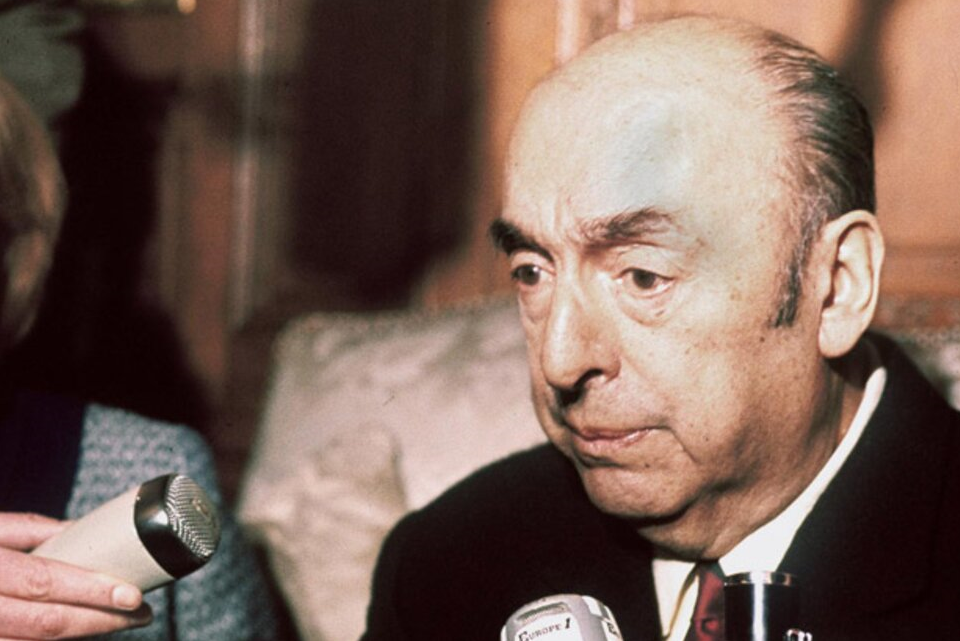
February 15 |
The nephew of Chilean poet Pablo Neruda, Rodolfo Reyes, said Monday that the forensic report on the cause of death of the Nobel Prize in Literature indicates that he would have been poisoned with a botulinum bacterium in September 1973, a few hours before a flight that would have taken him to exile in Mexico.
This conclusion would dismantle the official thesis that he died of metastatic prostate cancer.
The affirmation of Reyes, who besides being a nephew is a lawyer in the judicial case of Neruda’s death, is known a couple of days before a group of forensic experts from Canada, Chile and Denmark deliver a report that will establish if the poet was poisoned or if he died of cancer, which is the official explanation that was delivered in September 1973, 12 days after the military coup that overthrew President Salvador Allende.
The results of the forensic expertise were to be released at the beginning of February, but the convocation was suspended due to connection problems of the specialists.
Reyes, interviewed by AP, said that the forensic report from laboratories in Canada and Denmark indicates the presence in Neruda’s remains of “a large amount of Clostridium botulinum, which is incompatible with human life”, a fact that the relative first confirmed to the Spanish news agency EFE.
The botulinum toxin is produced by a bacterium that can cause problems to the nervous system and even death.
According to Reyes, as a lawyer in the court case, he had access to the results of the tests of the laboratories in Canada and Denmark, which were made after the same forensic group indicated in 2017 that other experts had already pointed to the presence of the toxin in the bone remains and in a molar of the poet.
Reyes stated that the laboratory reports ratified that “there was no external contamination, that the Clostridium botulinum was endogenous”, that is, internal, and that it would have been given to the poet “while he was alive”.
He added that the only reports missing in the case investigated by Judge Paola Plaza are those elaborated by a couple of experts from each of the laboratories, which would be received tomorrow or the day after.
The first to affirm that the poet was poisoned was his driver, Manuel Araya, who has reiterated to AP that while Neruda was hospitalized in the private clinic, an alleged doctor gave him an injection in his stomach while he and the poet’s wife, Matilde Urrutia, were carrying out some of the poet’s errands in Isla Negra, 110 kilometers northwest of the Chilean capital. He said that the version was given to him by a nurse.
Urrutia and Araya hospitalized him while waiting for the plane to take him to his exile in Mexico. In a telephone conversation with AP, the Mexican ambassador at the time, Gonzalo Martínez Corbalá, said that on Saturday, September 22, he went to pick him up at the clinic to take him to the airport, but the poet postponed the trip to Monday and died on Sunday.
The conversation with Martínez was in 2017, shortly before his passing.
Neruda was a lifelong militant of the Communist Party, which after several years accepted the driver’s complaint and in 2011 filed a lawsuit to investigate what killed him.
The Nobel’s remains were exhumed in April 2013 and, seven months later, the same experts indicated that no “relevant chemical agents” were found that could be related to his death.
However, at that time the Chilean forensic institute lacked the latest technology to detect a poisoning that could have occurred 40 years earlier.
In 2017, they announced the presence of the toxin and requested genetic tests to “confirm or exclude the action of third parties in the poet’s death.”
International
Rubio rules out 2028 presidential bid if Vance runs
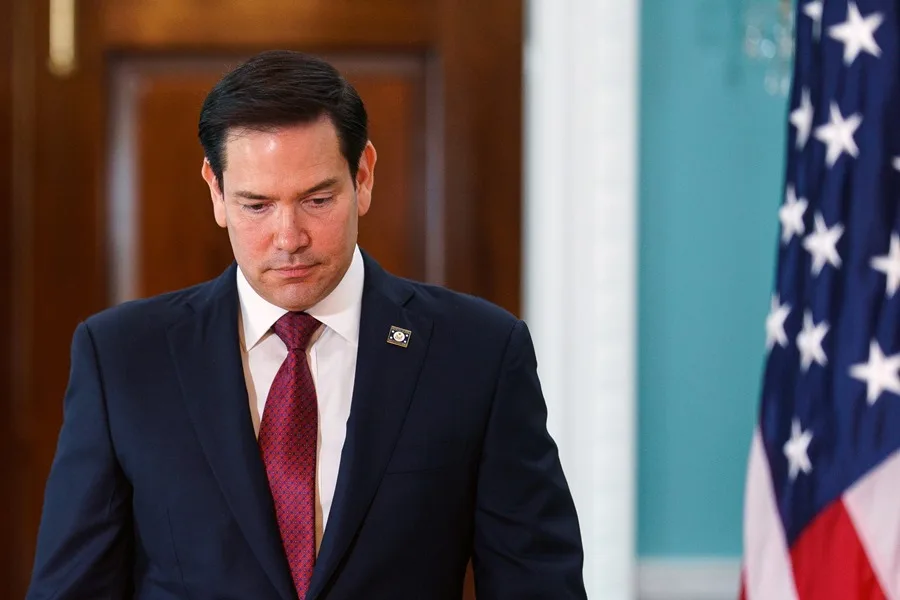
U.S. Secretary of State Marco Rubio said he would not seek the presidency in 2028 if current Vice President JD Vancedecides to run as the Republican nominee to succeed President Donald Trump.
“If JD Vance runs for president, he will be our candidate, and I will be one of the first people to support him,” Rubio said in an interview with Vanity Fair, in which he appeared alongside other senior members of the presidential cabinet.
Rubio, 54, and Vance, 41, are widely viewed as two of the leading Republican figures who could headline the party’s ticket in the 2028 election. Under the U.S. Constitution, Trump is barred from seeking another term after completing two presidential mandates.
In a lighthearted moment during the interview, Vance jokingly offered photographers $1,000 if they managed to make him look better than Rubio in the photos. Both leaders have received public backing from Trump, who last October floated the idea of a joint ticket featuring Rubio and Vance, without clarifying who would lead it.
“I think that if they ever teamed up, they would be unstoppable. I don’t think anyone would run against us,” Trump said at the time.
White House Chief of Staff Susie Wiles, who also took part in the interview, confirmed that Trump does not intend to violate the 22nd Amendment, which prohibits a third presidential term, though she acknowledged that the president is “having fun” with speculation about a possible return to office.
Rubio, the son of Cuban immigrants, served as a Republican senator from 2010 to 2025. He sought the party’s presidential nomination in 2016 but was defeated by Trump after a bruising primary contest. His name was floated as a potential vice presidential pick in 2024, but Vance ultimately secured the spot. After taking office, Trump appointed Rubio as secretary of state, making him the first Latino to hold the position.
International
Authorities search for armed and dangerous suspect in fatal Brown University attack
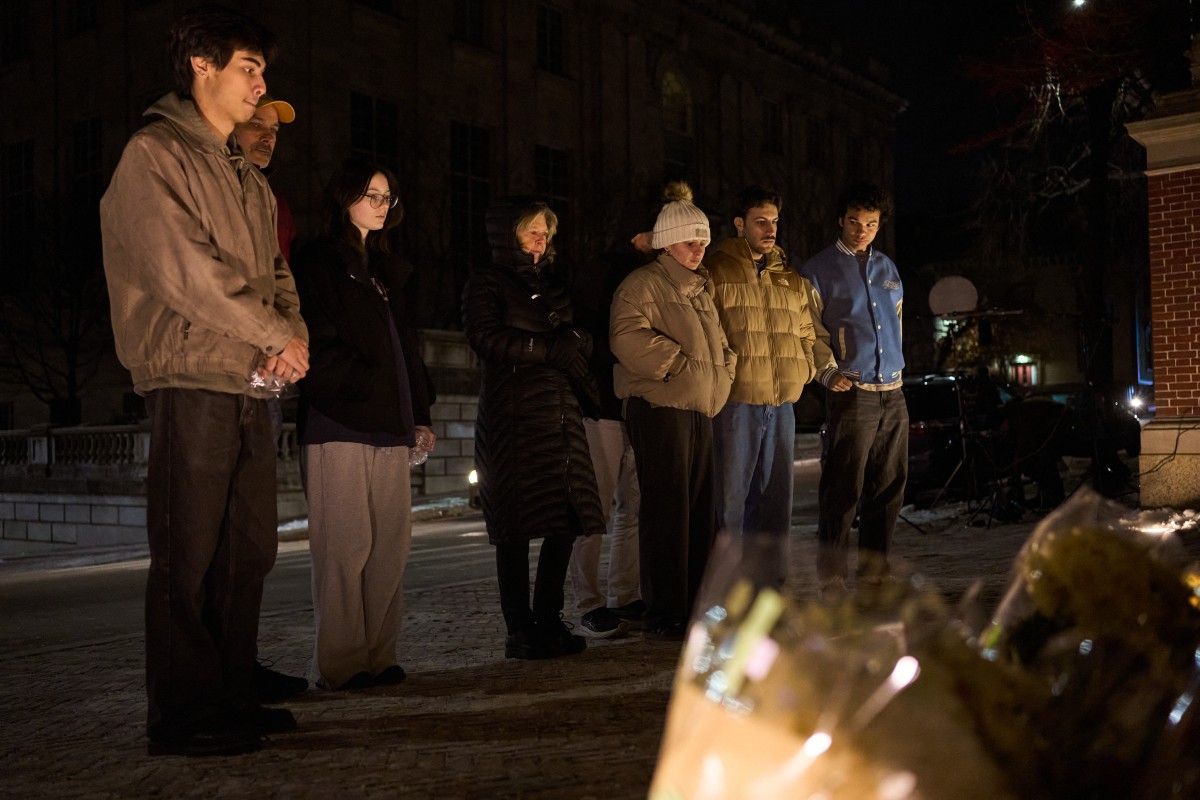
According to the statement, investigators are “seeking the public’s help to identify and speak with an individual” who was seen “near” the suspect at the time of the attack.
The Providence Police Department in Rhode Island released three photos of the person of interest, whose face has been blurred. In the images, the individual is wearing navy blue clothing, what appears to be a green hood, and carrying a light-colored backpack.
Earlier, authorities had released several photos and videos of a suspect described as “approximately 5 feet 8 inches tall, with a stocky build,” dressed in dark clothing, with their face covered by a surgical mask and wearing a beanie. The suspect’s identity remains unknown.
Authorities are offering a $50,000 reward for any information leading to the identification, arrest, and conviction of the person responsible for the killings, who is considered armed and dangerous.
The gunman opened fire on Saturday at Brown University’s engineering and physics building, where exams were being held, killing students Ella Cook and Mukhammad Aziz Umurzokov. The names of the nine people injured have not been released.
International
Police investigate deaths of Rob Reiner and wife as apparent homicide
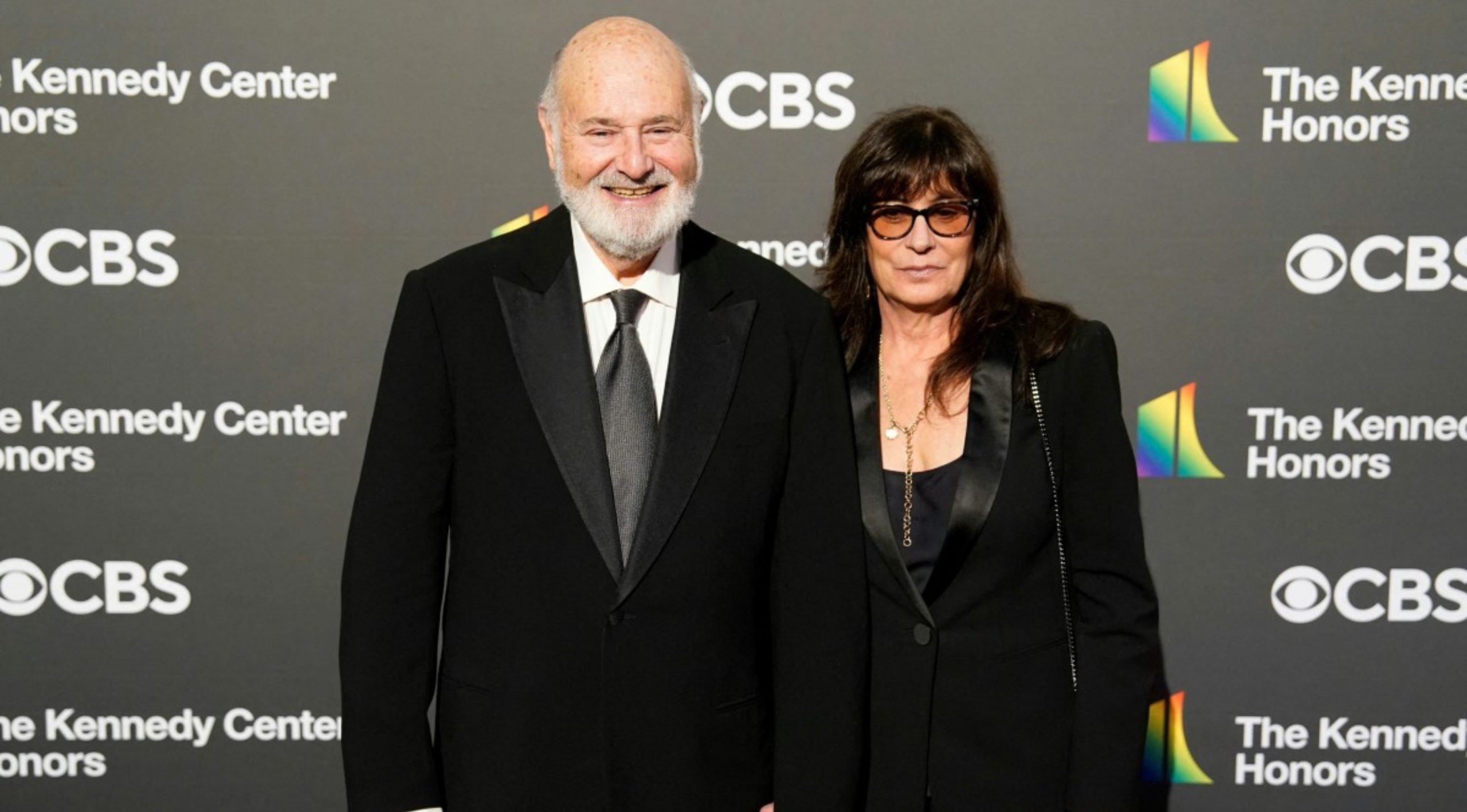
The Los Angeles Police Department (LAPD) is investigating the deaths of Hollywood actor and filmmaker Rob Reinerand his wife as an “apparent homicide,” amid a wave of tributes to the director of classics such as When Harry Met Sally.
According to U.S. media reports on Sunday, Rob Reiner and Michele Singer Reiner were found dead at their Los Angeles mansion with what appeared to be stab wounds.
Several political figures shared messages of condolence following the reported deaths of the director of A Few Good Menand his wife.
While the LAPD did not officially confirm the identities of the victims, it stated that homicide detectives were dispatched to the Reiner residence.
“At this time, no additional details are available and the investigation into an apparent homicide is ongoing,” the Los Angeles Police Department said in a statement posted on social media.
LAPD Deputy Chief Alan Hamilton told reporters that no arrests have been made and that no individuals are currently being questioned as suspects.
“I’m not going to confirm whether anyone is being questioned at this moment or not. We are going to try to speak with as many family members as we can,” Hamilton said.
CNN reported that a family spokesperson confirmed the deaths of Reiner and his wife.
California Governor Gavin Newsom, former U.S. President Barack Obama, and former Vice President Kamala Harrisissued statements expressing their condolences.
-
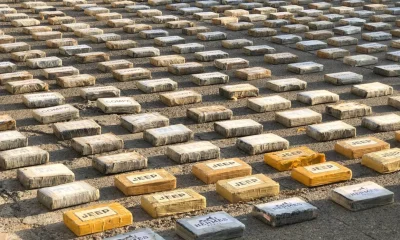
 Central America3 days ago
Central America3 days agoPanama seizes over three tons of drugs hidden in Caribbean port container
-

 International2 days ago
International2 days agoPolice investigate deaths of Rob Reiner and wife as apparent homicide
-

 International4 days ago
International4 days agoSeveral people shot in attack on Brown University campus
-

 Central America2 days ago
Central America2 days agoOAS urges swift recount in Honduras as election results remain uncertain
-

 Central America1 day ago
Central America1 day agoEl Salvador ranks among top countries in the Americas in fight against organized crime
-
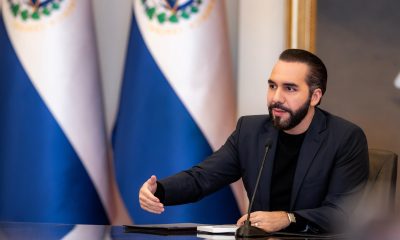
 Central America1 day ago
Central America1 day agoBukele says AI partnership with xAI will transform public education in El Salvador
-
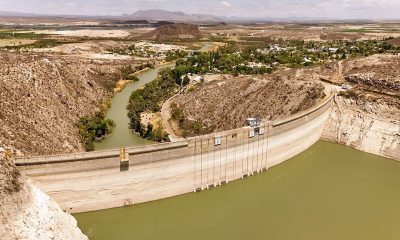
 International4 days ago
International4 days agoU.S. and Mexico Reach Deal to Address Water Deficit Under 1944 Treaty
-
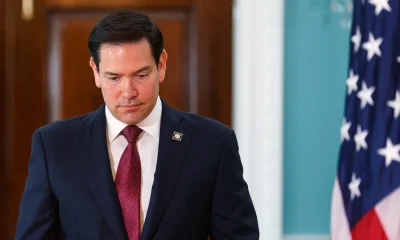
 International2 hours ago
International2 hours agoRubio rules out 2028 presidential bid if Vance runs
-
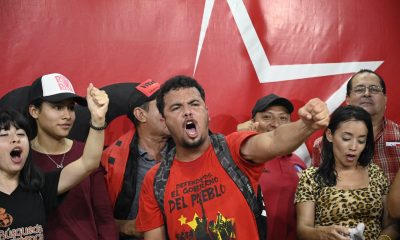
 Central America2 hours ago
Central America2 hours agoArrests and clashes in Tegucigalpa as vote count continues after Honduras election
-
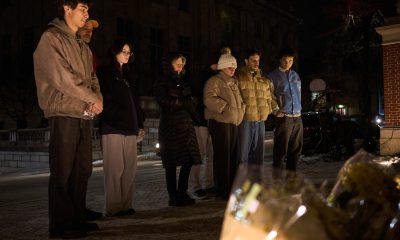
 International2 hours ago
International2 hours agoAuthorities search for armed and dangerous suspect in fatal Brown University attack


























